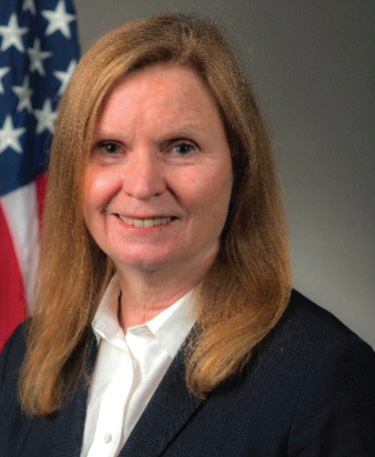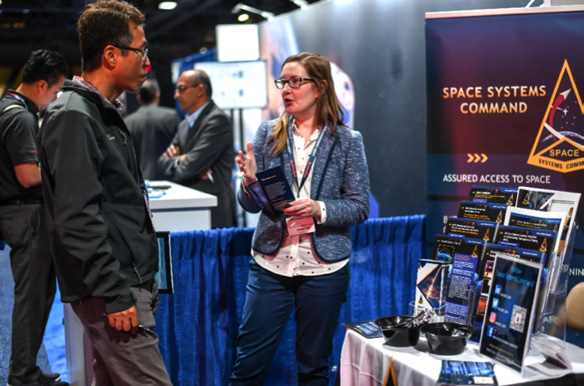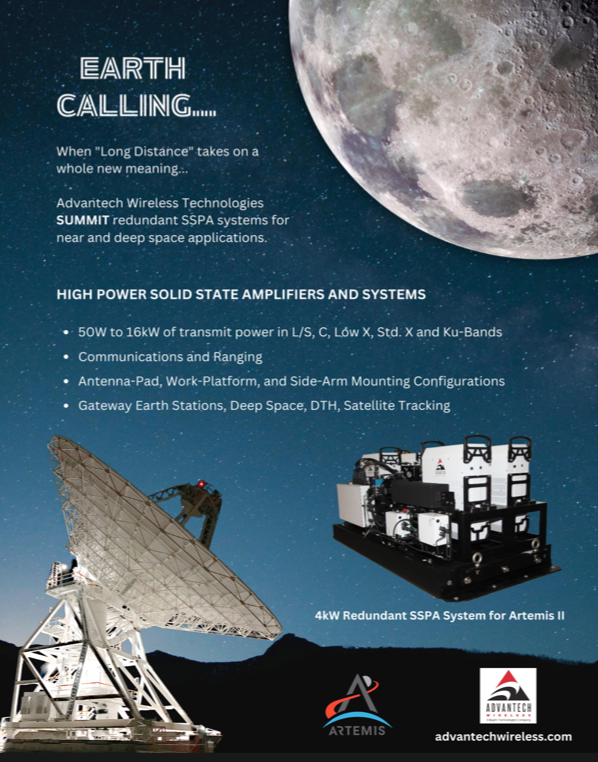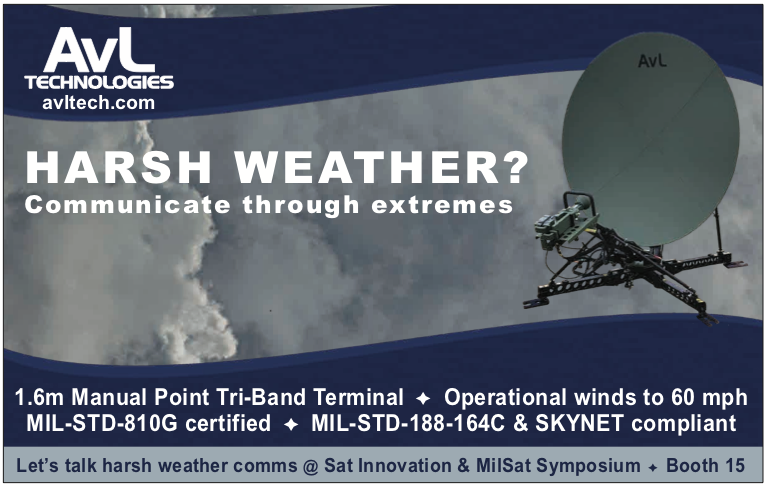In the space acquisitions world, some of the terminology can be confusing For example, what is a “space capability” and what is a “space technology”?

Loretta Childers, who supports Space Systems Command’s (SSC) Front Door gateway for commercial collaboration, said it’s useful to think of “capabilities” more as a verb: the ability to do or accomplish something. Technologies can be thought of as a noun: that which applies or furthers an industry.
A good example that illustrates the difference in regard to space is with Position, Navigation, and Timing (PNT).
“SSC’s Global Positioning System (GPS) provides capabilities that the military and civilians depend upon,” Childers said. “GPS is the technology; it’s on our phones and in our cars. Improved anti-jamming and advanced timing are additional capabilities that SSC and the U.S. Space Force (USSF) need to improve performance.
“Many (commercial vendors) will pitch their innovative solutions to the government,” Childers said. “Front Door is figuring out, ‘How can an idea, product, or service contribute to addressing a capability needed by the Space Force and the warfighter?’
“This requires a paradigm shift. Instead of focusing on the technology, we’re focusing on what its capabilities can do and how they can be applied to getting after the threat in 2026 and beyond,” Childers said.
She added that technology is still important, “but it’s not just ‘How do we take a pre-existing technology and advance it?’”
As the acquisition arm of the USSF, SSC has focused on managing the cost, schedule and performance of Programs of Record,
Childers said, but “we’re also focusing more on identifying and fostering capabilities, innovation and ‘the art of the possible.’ This is a different, more dynamic way of looking at space and who we partner with to achieve that.”
“As (SSC Commander) Lt. Gen. Guetlein said during a briefing on SSC’s 2nd anniversary in August: we need to think differently,’ Childers said. “A lot of that has to do with how we incentivize our people and our contractors. Managing our current technologies and programs is important, but we also need to identify and close gaps in our capabilities.

Dr. Claire Leon
“There does appear to be some confusion about the different between ‘technologies’ and ‘capabilities,’” said Dr. Claire Leon, director of SSC’s Space Systems Integration Office (SSIO). “To some level, technologies enable capabilities.
“The capabilities the government has today are the assets we have in space, on the ground, in the cloud – we’re using them to support mission operations,” Leon said. “For example, we have the capability to move data through a network and support in-theater operations because we have satellites and ground systems and software; we have the ability to accurately locate targets because there’s a GPS system.
“Every capability is based in technology,” Leon said. “Companies develop technologies, but they don’t become capabilities until we exploit, buy or build and use them in specific mission scenarios.
“A key focus area for SSIO is ‘capability integration;’ leveraging the capabilities of multiple mission partners,” Leon said. “It can be challenging because we often have different lexicons. We have to spend some time just on definitions. For example, the definition of ‘command and control’ is not always the same. In some worlds, it’s sending commands to a satellite and getting telemetry back from a satellite; in others, it’s the commander of a team giving commands to a team.”
Another focus for the SSIO mission is the transition to resilient space systems. Resilience is the ability to operate through a contested environment. Resilience can be accomplished by increasing the robustness of the design — cyber resilience, for example — or through proliferation.
“We’re supporting the transition from programs that are stove- piped, high-value assets to having much more integrated and proliferated systems,” Leon said. “The legacy systems for missile warning for OPIR (Overhead Persistent Infrared) are the SBIRS (Space Based InfraRed System) and the Next Generation GEO system and the Next Generation Polar System, all with very capable satellites. These assets are considered to be ‘high value assets’ that could be vulnerable in a contested environment. If any one satellite is lost, there would be a significant degradation in system performance.
“The future system for missile warning/missile tracking is an SDA (Space Development Agency) system for proliferated Low Earth Orbit combined with an SSC system at Medium Earth Orbit, and the combination of the two will provide tremendous resilience. If you lose one satellite or a few satellites in the system, the system will still be able to operate effectively.

At the 2023 Space Tech Expo in California, Space Systems Command’s Loretta Childers (right) discusses the paradigm shift from technology to capabilities — what can they do and how they can be applied to offsetting the threat in 2026 and beyond. U.S. Space Force Photos / Van De Ha.
“Spacecraft are still expensive to launch; there is a tradeoff — ‘Do you build more smaller satellites or fewer large satellites?’ The value proposition of the past was to make them as big and as capable as possible, but given the current threat environment, proliferated systems make a lot of sense.”
SSC’s Front Door is the first point of contact for early-stage start-ups and innovative commercial enterprises that want to connect with the USSF, but may be unsure how, Childers said.
“Front Door can help guide companies to better understand how and where their idea, product or service may be leveraged,” Childers said. “We can encourage these companies in the right direction and help them with ‘next steps.’”
Front Door also is now a part of SSC’s Commercial Space Office (COMSO), which was created this year to deliver effective, efficient and resilient capabilities to the warfighter quickly and affordably through partnering with the commercial space industry. In addition to Front Door, it is comprised of the Commercial Satellite Communications Office (CSCO), the Space Domain Awareness Marketplace, SpaceWERX and the Commercial Augmented Space Reserve (CASR) program.
Contact Space Systems Command at SSC@spaceforce.mil
Follow Space Systems Command on LinkedIn.



